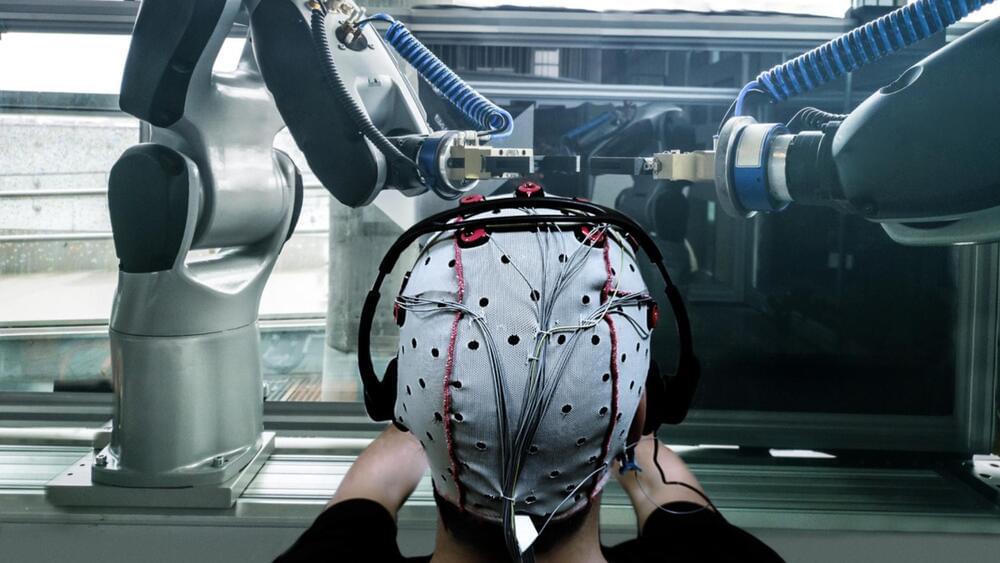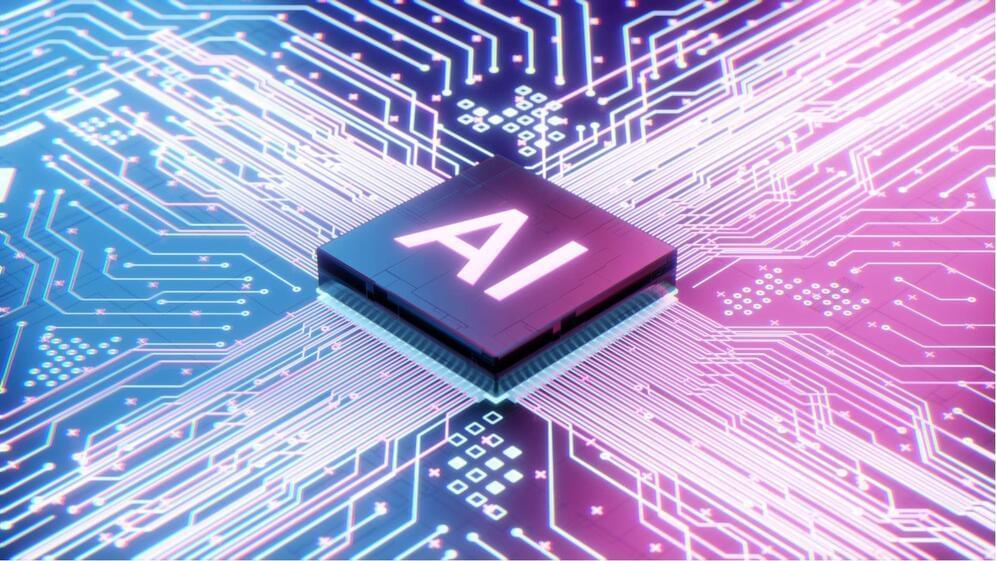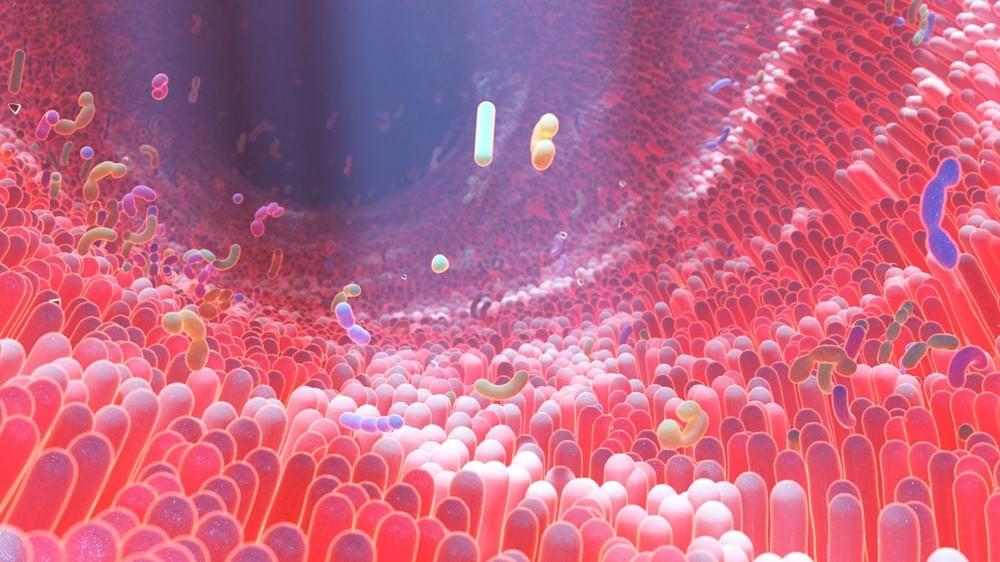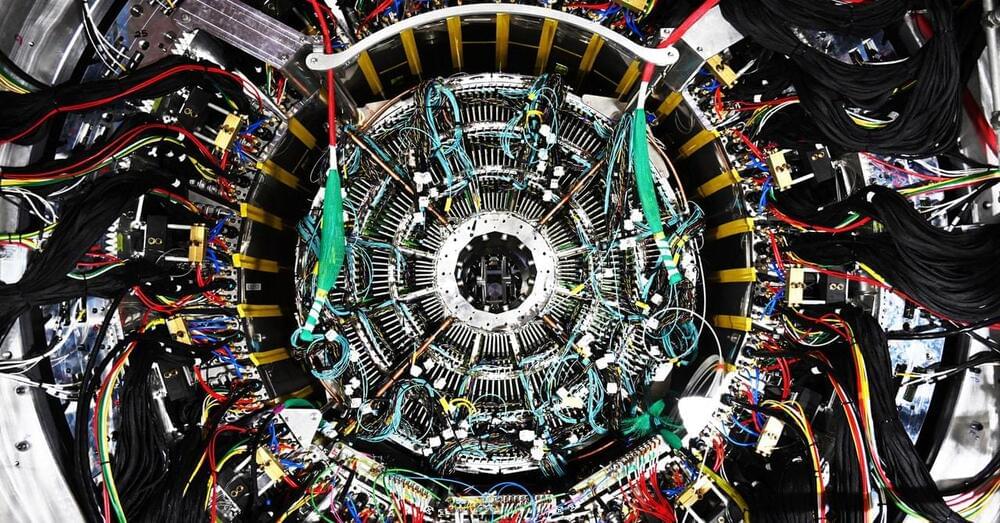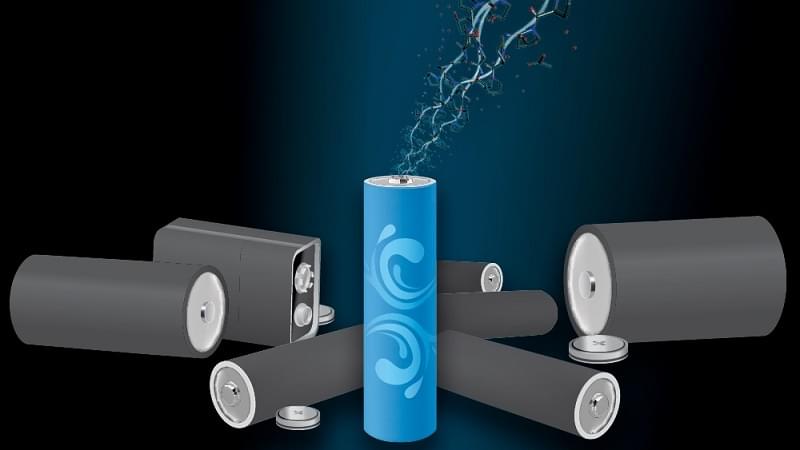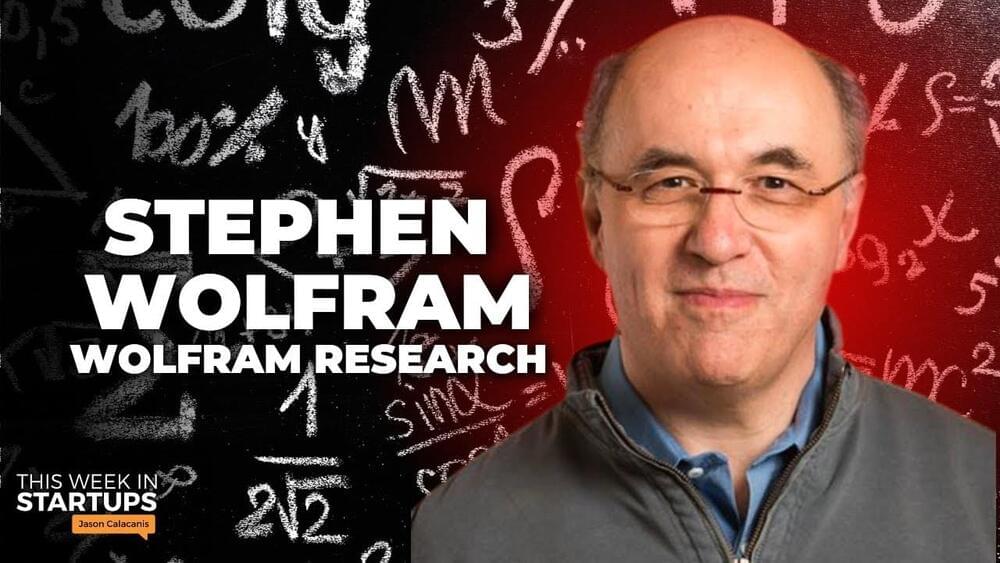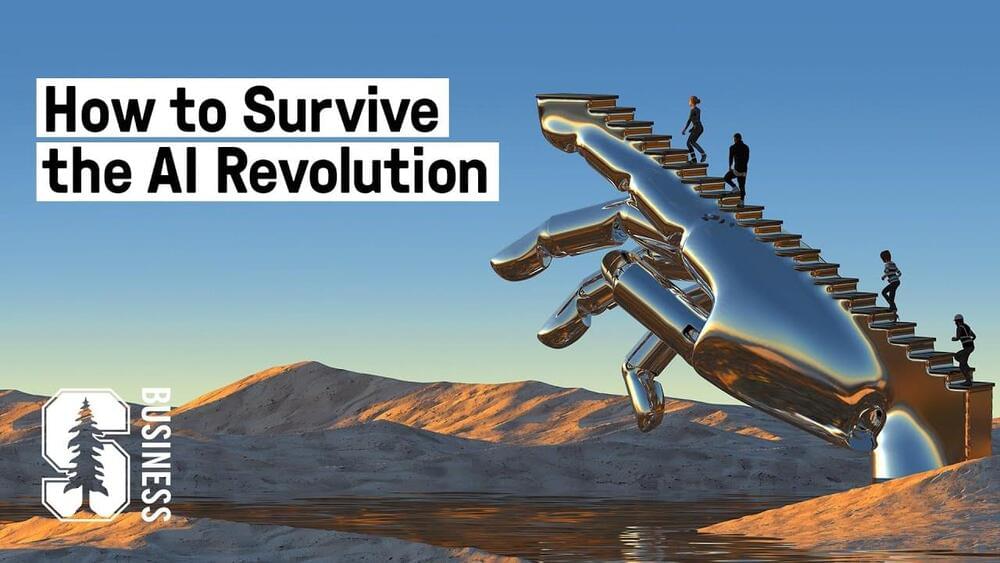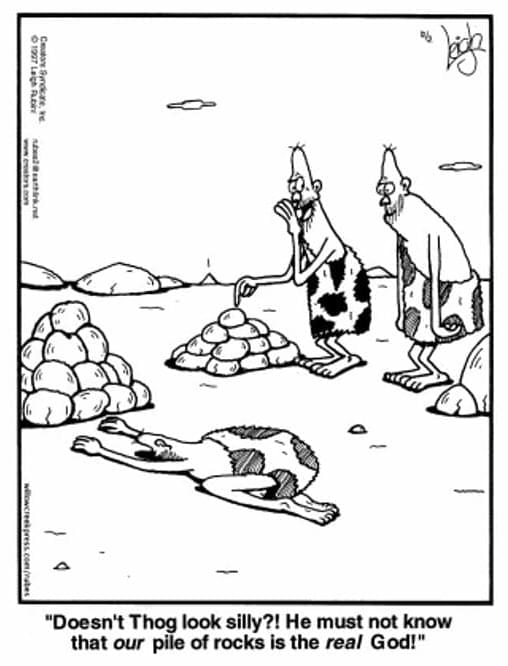This novel technology looks like a sci-fi device. But it’s real.
It seems like something from a science fiction movie: a specialized, electronic headband and using your mind to control a robot.
Oonal/iStock.
A new study published in the journal ACS Applied Nano Materials took a step toward making this a reality. The team produced “dry” sensors that can record the brain’s electrical activity despite the hair and the bumps and curves of the head by constructing a specific, 3D-patterned structure that does not rely on sticky conductive gels.
